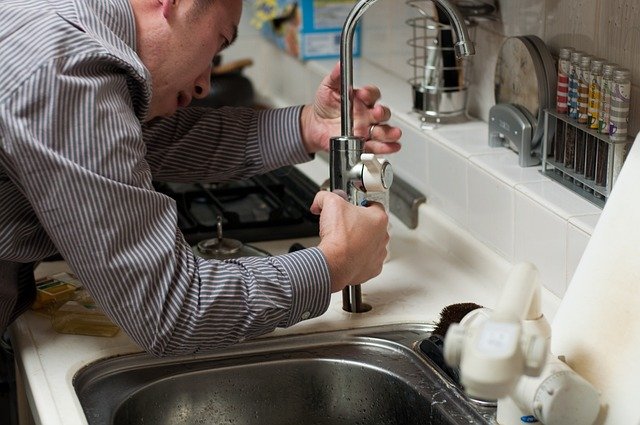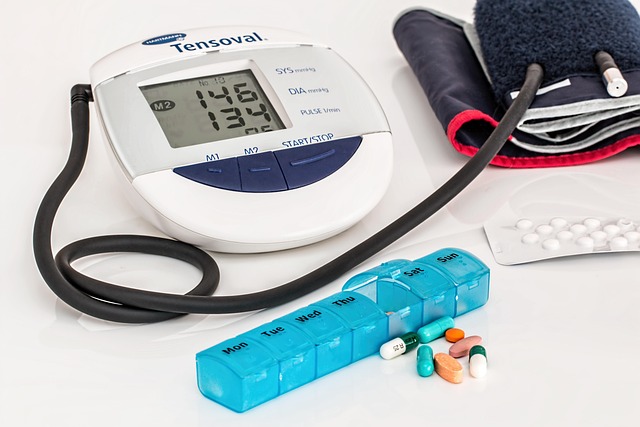Find more Basement Waterproofing
Basement waterproofing is a crucial aspect of home maintenance that protects your property from water damage, mold growth, and structural issues. Whether you're dealing with existing moisture problems or want to prevent future issues, understanding the various waterproofing methods and solutions available is essential. This article will explore the world of basement waterproofing, including common problems, effective repair solutions, and preventative measures to keep your basement dry and secure.

What are the main causes of basement water problems?
Basement water problems can stem from various sources, both internal and external. Common causes include:
-
Poor drainage around the foundation
-
Cracks in the foundation walls or floor
-
Hydrostatic pressure from groundwater
-
Inadequate gutters and downspouts
-
Improper grading of the landscape
-
Plumbing leaks or sewer backups
Understanding these potential sources of water infiltration is the first step in addressing basement moisture issues effectively. By identifying the root cause, you can implement targeted solutions to prevent further damage and protect your home’s foundation.
How can I identify signs of basement water damage?
Recognizing the early signs of basement water damage is crucial for preventing more severe issues down the line. Some key indicators to watch for include:
-
Visible water stains or discoloration on walls or floors
-
Musty odors or increased humidity
-
Efflorescence (white, powdery deposits on concrete surfaces)
-
Mold or mildew growth
-
Warping or buckling of wood floors
-
Peeling paint or wallpaper
-
Rust on metal surfaces or appliances
If you notice any of these signs, it’s essential to act quickly to address the underlying water problem and prevent further damage to your basement and home.
What are effective basement leak repair solutions?
When it comes to basement leak repair, there are several effective solutions available, depending on the nature and severity of the problem:
-
Crack injection: For small foundation cracks, epoxy or polyurethane injection can seal the gap and prevent water infiltration.
-
Interior waterproofing: This method involves applying waterproof coatings or membranes to the interior walls and floor of the basement.
-
Exterior waterproofing: A more comprehensive approach that involves excavating around the foundation to apply a waterproof membrane and install proper drainage systems.
-
French drain installation: This system redirects water away from the foundation by creating a trench filled with gravel and perforated pipe.
-
Sump pump installation: A sump pump removes excess water from the basement and directs it away from the home’s foundation.
-
Gutter and downspout maintenance: Ensuring proper water drainage away from the house can prevent many basement water issues.
What are the best methods for basement wall crack repair?
Basement wall cracks can be a significant source of water infiltration and structural concern. Here are some effective methods for repairing these cracks:
-
Epoxy injection: Ideal for hairline cracks, this method involves injecting epoxy into the crack to seal it from both sides.
-
Hydraulic cement: This quick-setting cement is useful for plugging active leaks and filling larger cracks.
-
Polyurethane foam injection: This expandable foam can fill and seal cracks while providing some flexibility to accommodate minor foundation movement.
-
Carbon fiber reinforcement: For more severe structural cracks, carbon fiber strips can be applied to strengthen the wall and prevent further movement.
-
Exterior crack repair: In some cases, excavating the area around the crack and applying a waterproof membrane from the outside may be necessary.
The choice of repair method depends on the size and nature of the crack, as well as the overall condition of the foundation.
How much does professional basement waterproofing cost?
The cost of professional basement waterproofing can vary significantly depending on the size of the basement, the severity of the water issues, and the chosen waterproofing method. Here’s a general overview of potential costs:
| Waterproofing Method | Average Cost Range | Factors Affecting Cost |
|---|---|---|
| Crack Injection | $300 - $800 | Number and size of cracks |
| Interior Waterproofing | $3,000 - $8,000 | Basement size, wall condition |
| Exterior Waterproofing | $8,000 - $15,000 | Excavation depth, accessibility |
| French Drain Installation | $2,000 - $6,000 | Length of drain, soil type |
| Sump Pump Installation | $500 - $1,500 | Pump quality, installation complexity |
Prices, rates, or cost estimates mentioned in this article are based on the latest available information but may change over time. Independent research is advised before making financial decisions.
What preventative measures can I take to keep my basement dry?
Preventing basement water issues is often more cost-effective than addressing them after they occur. Here are some preventative measures you can take:
-
Maintain proper grading around your home’s foundation
-
Clean and repair gutters and downspouts regularly
-
Install a dehumidifier to control moisture levels
-
Apply waterproof sealants to interior walls and floors
-
Inspect and maintain plumbing systems to prevent leaks
-
Install window wells with proper drainage for basement windows
-
Consider a battery backup for your sump pump system
By implementing these preventative measures, you can significantly reduce the risk of basement water problems and protect your home’s foundation for years to come.
Basement waterproofing is a critical aspect of home maintenance that can protect your property from significant damage and preserve its value. By understanding the causes of basement water problems, recognizing early signs of damage, and implementing effective repair and prevention strategies, you can ensure a dry and healthy basement environment. Whether you choose to tackle minor issues yourself or enlist the help of professional waterproofing services, taking proactive steps to address basement moisture will pay dividends in the long run.




